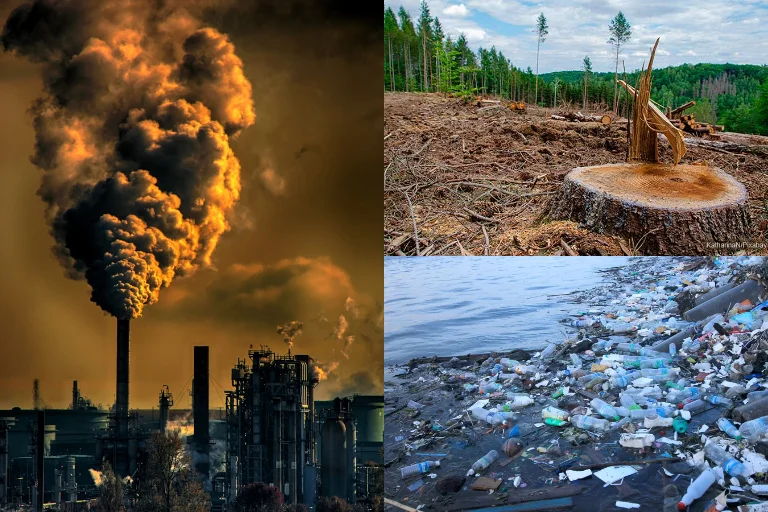
Human Impact on the Environment 8 Major Activities and Their Effects
Human activities have had a profound impact on the environment, reshaping ecosystems, influencing biodiversity & contributing to climate change. From industrial processes to daily lifestyle choices, our activities are changing the environment and Earth in ways that can have long-lasting and possibly irreversible effects.
8 Human Activities That Affect the Environment
In this blog, we’ll explore eight major human activities that are harming the environment and discuss how they are reshaping the Earth.
1. Deforestation and Human Impact:
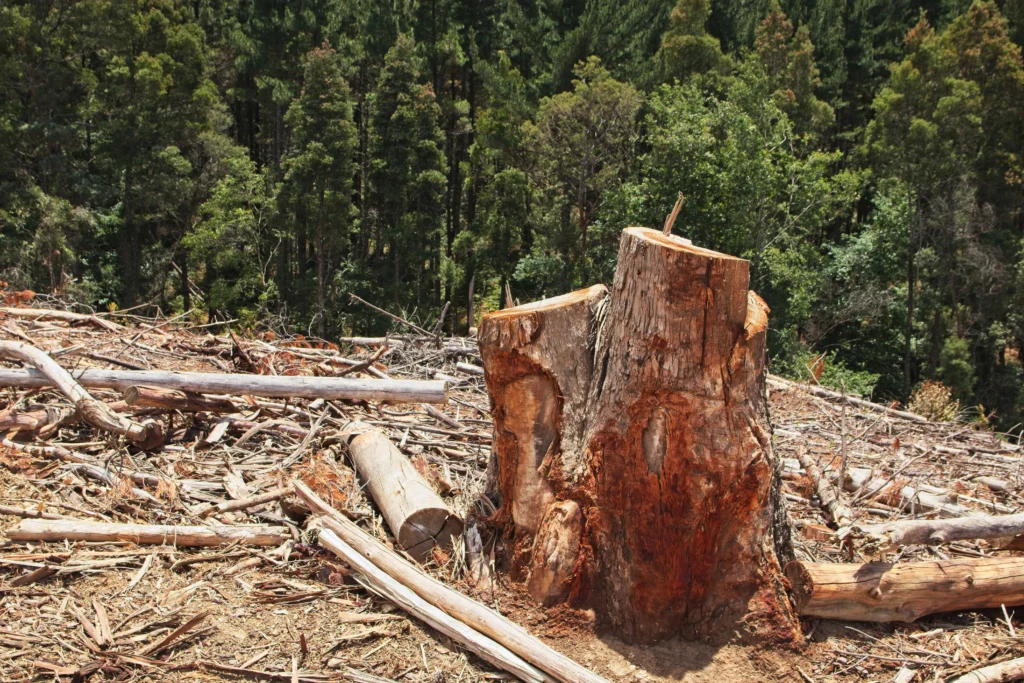
Deforestation represents one of the most visible human impacts on the environment. Every hour, forests the size of 300 football fields are cleared, mainly for agriculture, logging, and infrastructure development
Global tree areas decreased by 12% between 2001 and 2023 as a result of the annual loss of about 220,000 square kilometers of forest. The Amazon rainforest, known as the ‘Lungs of the Earth,’ has been hit hardest, with Brazil alone losing 1.5 million hectares each year to both legal and illegal clearing.
2. Fossil Fuel Consumption and Greenhouse Gas Emissions:
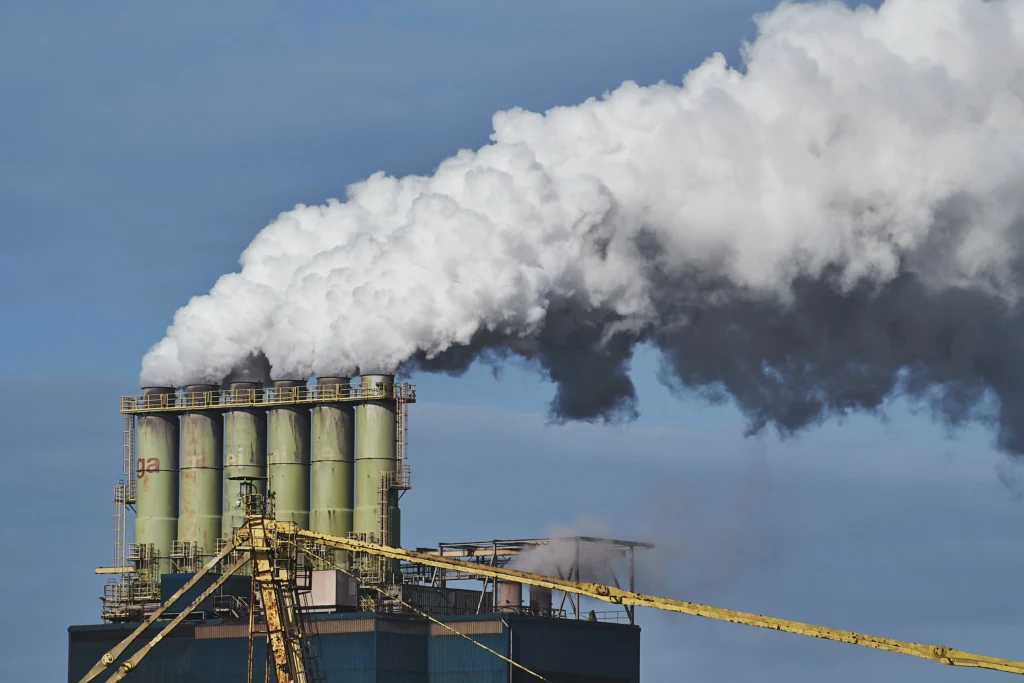
One of the many negative impacts of human activity on the environment is its dependence on fossil fuels (such as coal, oil, and natural gas) for production, transportation, and energy. Burning coal, oil, and natural gas causes more than 75% of global greenhouse gas emissions. These gases trap heat, leading to rising global temperatures. Since the late 19th century, Earth’s average temperature has risen by about 1.1°C (2°F), with warming accelerating since the 1970s faster than at any point in modern history.
The amount of CO₂ in the atmosphere has exceeded 400 parts per million (PPM), abolishing every record dating back 400,000 years. The growth of industries in many countries has turned urban areas into pollution hotspots.
3. Industrialization and Air Pollution:
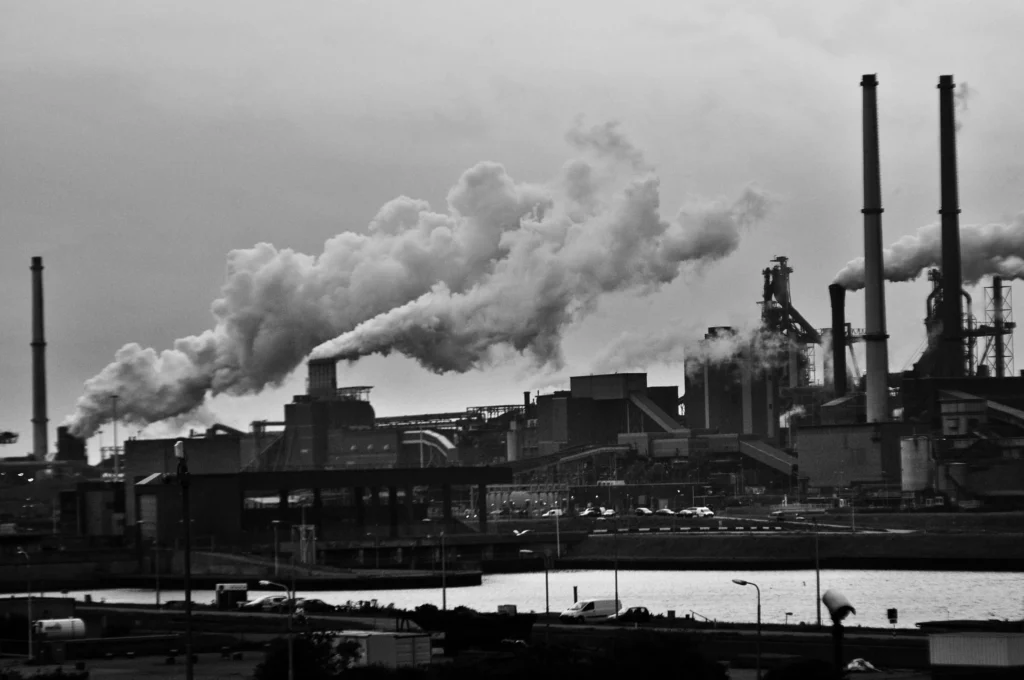
Industrial activities release toxic pollutants into our air, water, and soil, with severe results for both environmental and human health. According to the World Health Organization, poor air quality contributes to 7 million deaths annually worldwide, making it one of the most important environmental health risks.
In rapidly industrializing economies like India and Bangladesh, air pollution has reached critical levels, placing a heavy burden on both the economy and residents’ well-being. Stricter regulations, cleaner production methods, and advanced filtration technologies could help create healthier urban and rural environments.
4. Water Pollution and Contamination:
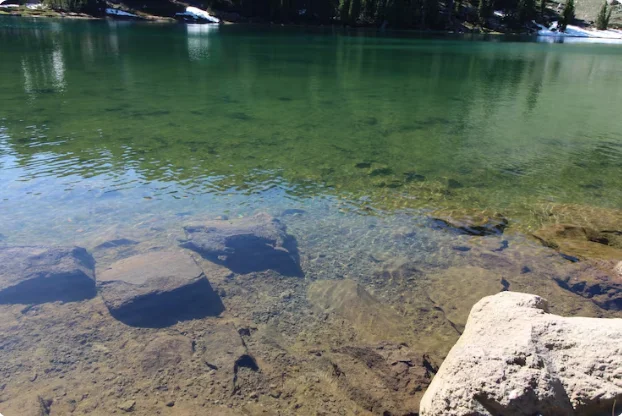
Human activities have severely compromised the world’s water resources through industrial releases. Agricultural water runoff and improper waste disposal. According to World Bank estimates, 80% of wastewater worldwide is released into the environment untreated, contaminating drinking water and damaging aquatic ecosystems. This pollution can take many different forms, including plastic waste and nutrient overloads to heavy metals and chemical pollutants.
According to Climate Impacts Tracker, 60% of Bangladesh’s population only has access to polluted drinking water, and the country’s rivers and groundwater are highly polluted. By 2050, the nation’s water problems may cost the economy up to 6% of its GDP. Stricter waste disposal laws, improved wastewater treatment, and advanced filtration systems can protect ecosystems and public health.
5. Overfishing and Marine Ecosystem Depletion:
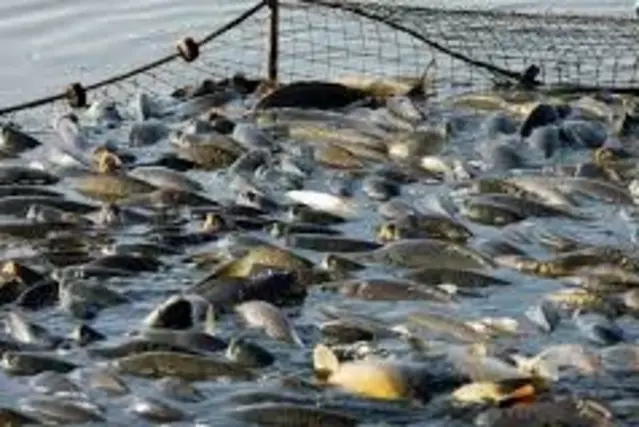
Our oceans have long been considered an inexhaustible resource, but decades of overuse have proven this assumption false. About 34% of global fisheries currently operate at unsustainable levels, with some species populations declining by 90% or more due to excessive harvesting
This issue is made dangerous by modern fishing methods. Large industrial boats can find and catch fish with previously unheard-of efficiency thanks to technologies like sonar and GPS. Every year, millions of birds, sea turtles, and marine mammals are killed by bycatch, which is the accidental capture of non-target species. Additionally, attempts at sustainable management and conservation are hampered by illegal, unreported, and unregulated (IUU) fishing.
6. Waste Generation and Management:
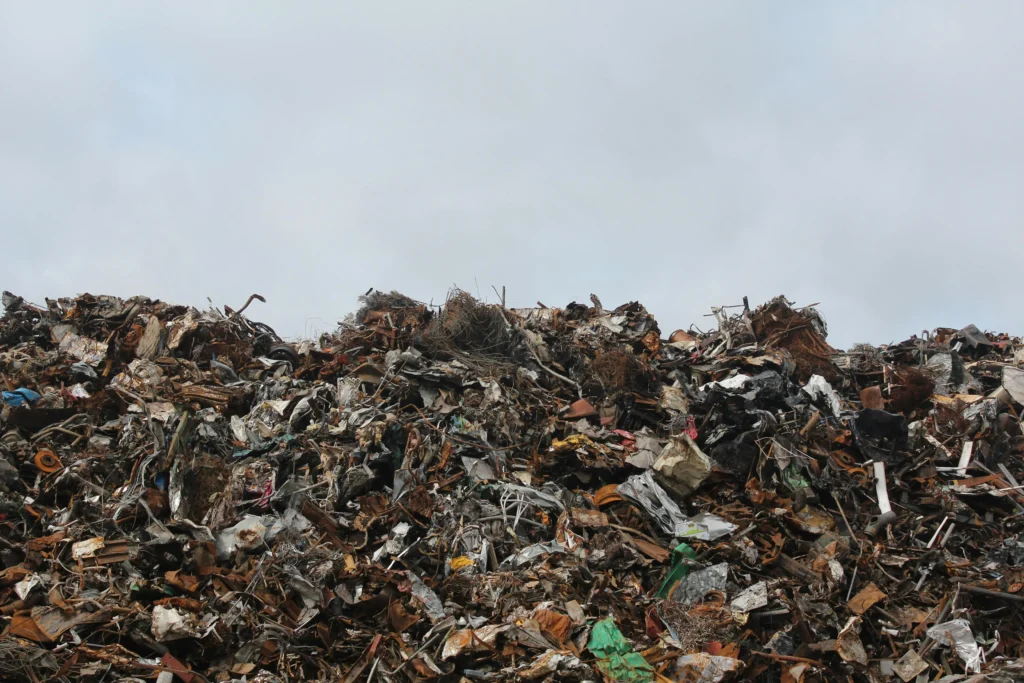
When we talk about pollution and climate change, we clearly see the human impact—every year, the world generates around 2 billion tonnes of municipal solid waste but recycles less than 20% of it. The majority of this waste ends up in landfills, which can release toxins into the ground and water. Even making up only 3% of the planet’s surface, urban areas use the majority of natural resources and produce 70% of global emissions.
7. Urbanization and Habitat Fragmentation:
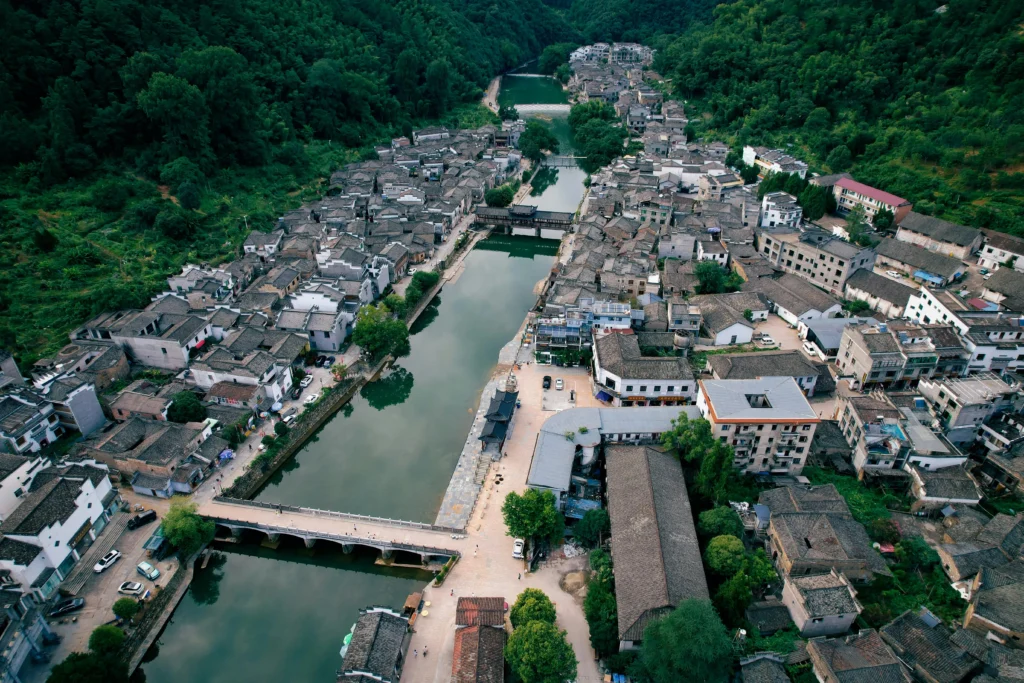
This clearly shows how the human impact on the environment continues to grow with rising waste and pollution levels. Urban areas cover just 3% of Earth’s surface, but they produce 70% of global emissions and consume most of the world’s natural resources. As cities grow to accommodate rising populations, they replace natural, permeable surfaces with concrete and asphalt. This change fragments habitats and creates urban heat islands that can be several degrees warmer than nearby rural areas, as they grow to accommodate growing populations.
The ecological impacts of urbanization grow far beyond city boundaries. Urban residents tend to have higher consumption patterns, demanding more energy, water, and goods that are often produced elsewhere. The infrastructure needed to support cities—roads, highways, power lines, and water systems—fragments habitats into smaller, isolated patches that cannot support viable populations of many species.
8. A lot of Plastic Use:
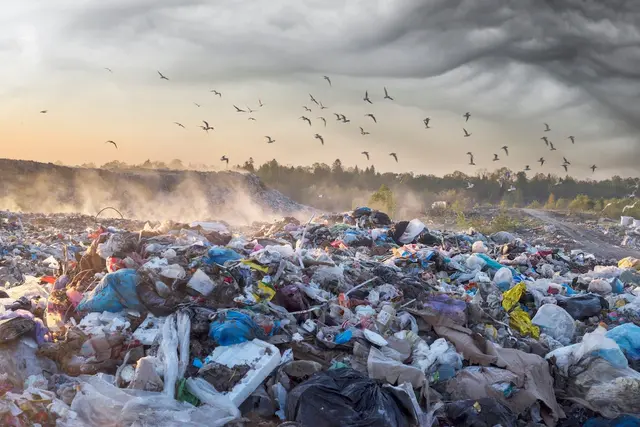
One of the materials that harms the environment the most is plastic. Straws, bottles, and other single-use plastics often wind up in landfills and the ocean, where they take hundreds of years to break down. Marine animals mistake plastic for food.
Climate Change from Human Activity:
Human activities like deforestation, burning fossil fuels, and producing greenhouse gases continue to damage the planet’s air, water, and land. These actions are driving climate change and harming ecosystems worldwide. Yet, the good news is that change is possible — if we act now.
Reducing Human Impact on the Environment:
To reduce the human impact on the environment, we need practical solutions. From adopting sustainable habits to investing in renewable energy, every effort can make a difference.
FAQS
Q1. What are the major human activities that affect the environment?
Ans. Some major activities include deforestation, burning fossil fuels, industrialization, water pollution, plastic waste, and rapid urbanization. Together, these actions contribute to climate change and ecosystem loss.
Q2. Can small lifestyle changes really help the environment?
Ans. Yes. Small changes like reducing plastic use, conserving energy, recycling, and using eco-friendly transport collectively reduce human impact on the environment.
Q3. What can individuals do to reduce their impact on the environment?
Ans. People can reduce their impact by saving energy, planting trees, reducing single-use plastic, recycling waste, and choosing sustainable products in daily life.
Read More Related Articles > https://www.climatechallange.com/understanding-the-effects-of-microplastics-on-our-environment/